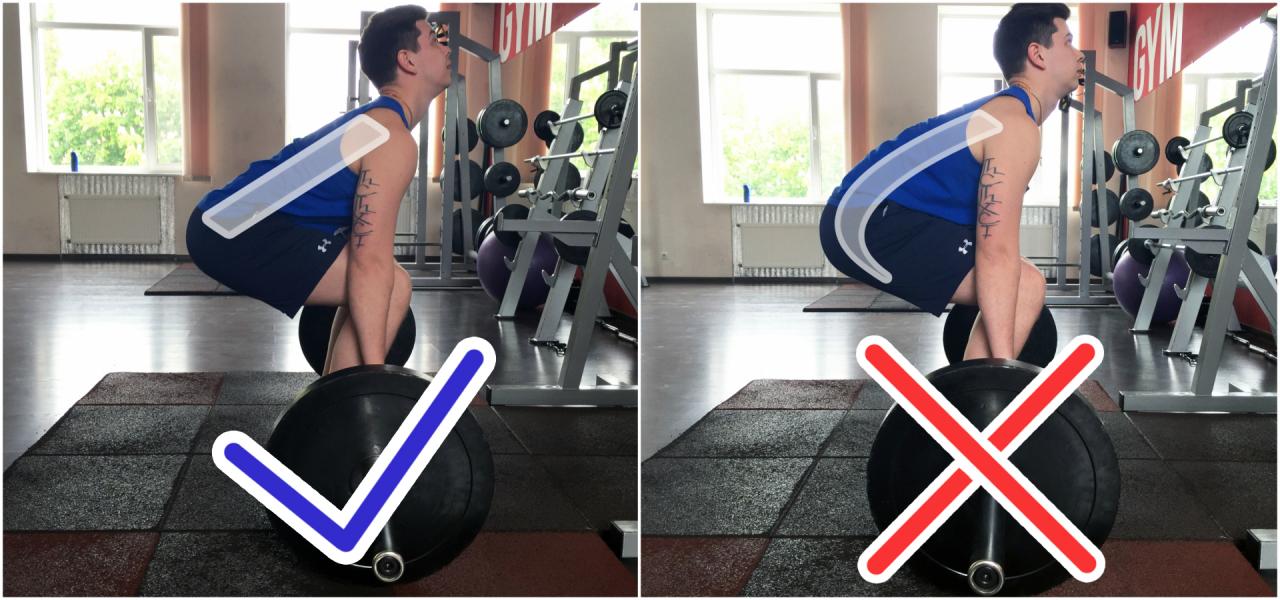Fitness Exercise Technique: Doing Hip Extension Correctly
Hip extensions are the primary movement for many strength basic exercises and one of the most effective ways to build lower body musculature. Technique of the hip extension is important not only for weightlifting exercises such as deadlifts and barbell squats, but also for long-distance running and rehabilitation therapy. Therefore, today’s material will be devoted to how to develop the ability to keep the spine in a neutral position while performing certain elements of physical activity.
As a rule, many are faced with a difficult problem: how to get the hips to move, so that the lower back does not bend with them. Take the classic deadlift, for example. This is an exercise where ideally the spine remains neutral and straight even at its maximum point of load. And the movement itself is carried out by flexing and stretching the muscles of the thigh. The question arises: why is it so difficult to comply with all these conditions?
This is due to the fact that most of us spend 8-10 hours a day in a sitting position. This would not be a significant obstacle if we kept our posture at a 90-degree angle all this time. However, many tend to slouch, pushing the pelvis forward. This means that the degree of inclination in relation to the hips decreases.
As a result, the flexibility of the spine also decreases, and during training, difficulties arise with the correct implementation of flexions in the hip joint. Since in this case it becomes more convenient for a person to perform this movement through lumbosacral flexion, and not by stretching the muscles of the thighs.

This is because the muscles of the lower back are designed for short movements, slow contractions, and are able to remain in a static position for a long time. Unlike the muscles of the thigh and gluteal muscles, which are called upon to do all the work.
Therefore, switching the functions of these muscle groups leads to a decrease in their lifting force, but also threatens potential injury in the future. This is why it is so important to learn how to do the correct hip extension. What special exercises are there for this?
Hip Extension Workout Program
Hip extensions require a lot more than just learning to keep your back straight. This is a whole set of exercises that includes training the abdominal muscles, hip ligaments and gluteal muscles, functional stability of the spine, increasing the range of motion in the hip joint, as well as general balance.
Abs training is necessary to keep the spine in a stable, neutral position, preventing it from bending and overstretching. However, simple twists are not enough here. We need such exercises for the press, in which you have to keep the spine from moving at all.
Once your abs are firm, the next step is to learn to engage your hips and glutes. The main goal is to feel how they can function without the involvement of the spine. Next, you can move on to training a standing position in order to understand how to properly take the pelvis back. Then you need to pay attention to training functional stability, and this is also not an easy task.
After that, you can try to perform deadlift with a kettlebell. This exercise and others like it allows you to keep the working weight as close to the center of gravity as possible. This increases the likelihood that the back will remain in the correct position.
Abdominal Exercises
- “Plank”;
- “Dead Beetle”.

Tip: make sure that when doing exercises in the lower back there is no strong deflection. Try to feel the work of the abdominal muscles and observe the breathing technique.
Hip Exercises
- Bear squats;
- Raising the pelvis from a prone position (gluteal bridge).
Tip: These exercises are designed to teach the hips to move without involving the spine. The main focus is on the development of the gluteal muscles. In order to create additional range of motion, you can perform variations of the second exercise. One way is to use the bench as a support under the shoulders, the second is to add another bench under the feet and perform the exercise alternately on each leg.
Vertical Stand Exercises
- Horizontal abduction of the pelvis back against the wall;
- Bends forward with a kettlebell behind your back.

Tip: do not forget to keep your abs in tension. Keeping your neck in a neutral position will keep your lower back stable.
Hip Extension Exercises
- Deadlift with kettlebell;
- Deadlift on one leg with a kettlebell;
- Leading the pelvis forward on the lower block.
Tip: Focus on posture and balance. Don’t let your spine round, make your hips and buttocks work. Pelvic abductions on the lower block can also be performed by attaching the machine cable to a barbell and using a leg ottoman – as shown in the photo.
Difficult Exercises To Reinforce The Results
- Sumo deadlift with a barbell;
- Deadlift with trap bar (diamond bar);
- “Good morning” with a barbell on one leg.

Tip: These exercises keep your weight as close to your center of gravity as possible by reducing your leverage. Use your abs, hips, and knees to lock in your stance and spine position. Once you have mastered these exercises, you can move on to the classic deadlift without fear of hurting your back.

